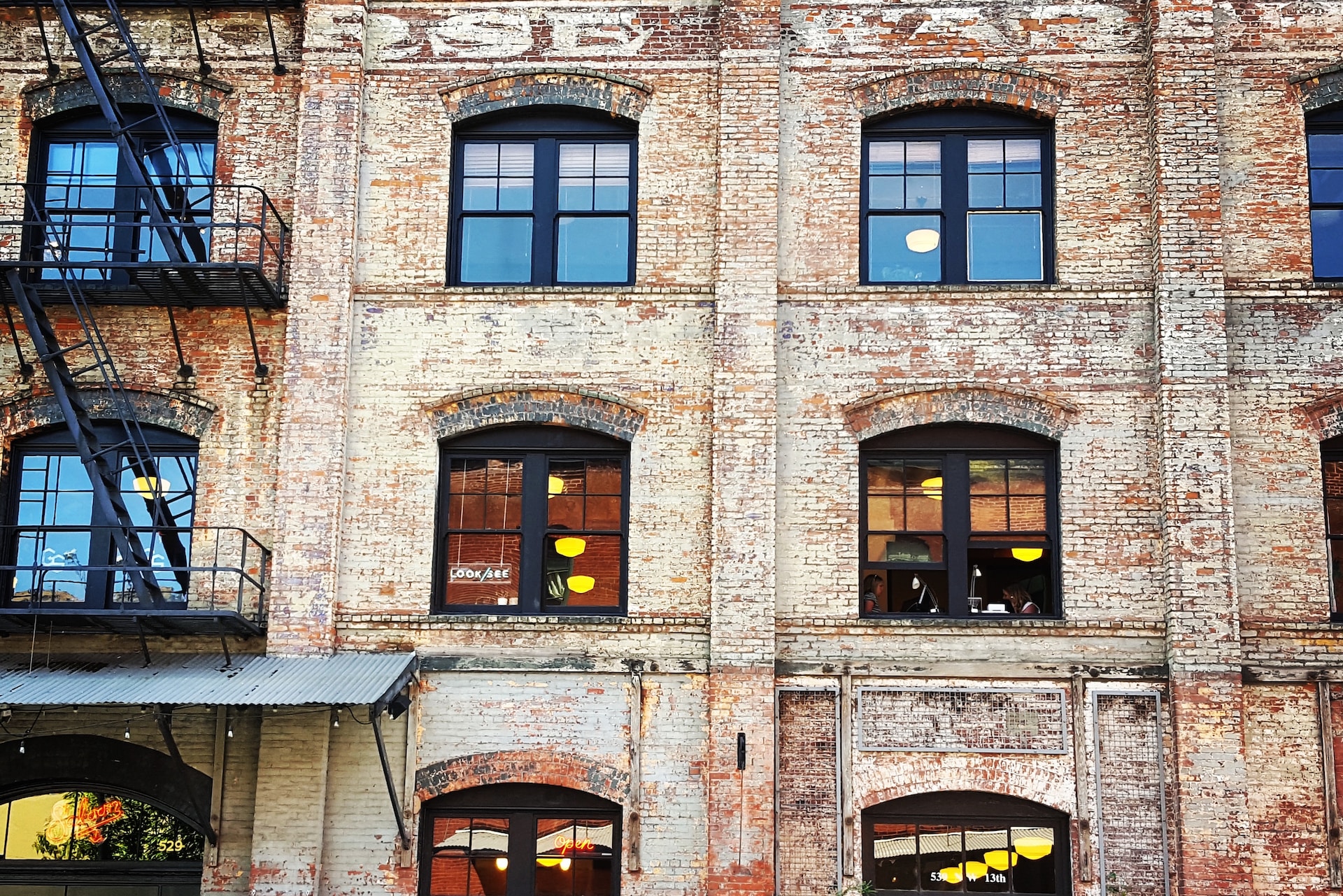

Question: How Does Gentrification Affect Real Estate?
Answer: Gentrification can affect real estate by increasing property values, attracting investment, and revitalizing neighborhoods, but it may also lead to displacement and affordability challenges for existing residents.
The Impact of Gentrification on Real Estate
Gentrification is a transformation process that changes a neighborhood through the influx of more affluent residents. This trend can significantly alter the real estate landscape, particularly in urban areas.
The Initial Spark
Typically, gentrification begins when lower-income neighborhoods start attracting interest from investors and homebuyers seeking affordable options. Consequently, these areas often see an influx of renovation and development projects. [ 1 ]
Real Estate Market Response
As gentrification progresses, property values in these neighborhoods typically rise. This increase is driven by both the physical improvements in the area and the perceived potential for future growth.
Click to read more about how your home’s value
Click here to learn more about the effects of gentrification
Related Article: What are Three Negative Effects of Gentrification?
Related Article: The Effect of Neighbourhood Development on Property Values
Economic Impacts on Housing
Gentrification directly influences the housing market. It often leads to higher demand for homes, which in turn drives up prices.
Rising Property Values
As an area becomes more desirable, the value of properties within it naturally increases. This shift can be beneficial for current homeowners looking to sell or leverage their property’s increased equity.
Challenges for Renters and Buyers
However, for renters and potential homebuyers, this trend can make housing less affordable. Renters may face increased rental costs, while buyers might find it challenging to enter the market due to higher prices.
Community and Cultural Shifts
Gentrification not only reshapes the physical appearance of a neighborhood but also its cultural and social dynamics.
Altering Neighborhood Identity
As new residents move in, the cultural identity of the neighborhood often changes. This can lead to a loss of historical and cultural landmarks, replaced by new businesses and amenities.
Social Integration and Tensions
The incoming residents might bring different lifestyles and values, which can create tensions with the existing community. On the other hand, this influx can also lead to a diverse and vibrant community.
Real Estate Investment Dynamics
Gentrification sparks a noticeable shift in real estate investment patterns.
Increased Investor Interest
Investors are often drawn to gentrifying areas due to the potential for high returns on investment. This interest can accelerate the pace of development and further increase property values.
Long-term Investment Outlook
While short-term gains can be substantial, investors also need to consider the long-term sustainability of their investments in these changing neighborhoods.
Urban Planning and Policy Considerations
Urban planning and policies play a crucial role in shaping the gentrification process.
Balancing Development and Affordability
City planners and policymakers must balance the need for development with the need to maintain affordable housing options for all residents.
Implementing Inclusive Policies
Policies that promote inclusive growth, such as affordable housing mandates and support for local businesses, are essential in managing the effects of gentrification.
The Future of Gentrified Areas
Predicting the long-term outcomes of gentrification can be challenging, but certain trends are evident.
Ongoing Development and Change
Gentrified neighborhoods are likely to continue evolving, with ongoing development projects and changing demographics.
Striving for Equitable Growth
The challenge for these areas is to ensure that growth benefits all residents, both old and new, and that the neighborhood’s character is preserved while accommodating new developments.
To learn more abut Jennifer Jewell please check out www.jenjewell.ca
Conclusion
Gentrification significantly affects real estate markets, bringing both opportunities and challenges. Its impact on property values, community dynamics, investment trends, and urban planning highlights the need for a balanced approach. This approach should aim to harness the positive aspects of gentrification while mitigating its potential downsides, ensuring that the benefits of development are shared equitably among all members of the community.
References
1. https://ideas.repec.org/a/eme/ijhmap/ijhma-04-2021-0049.html


